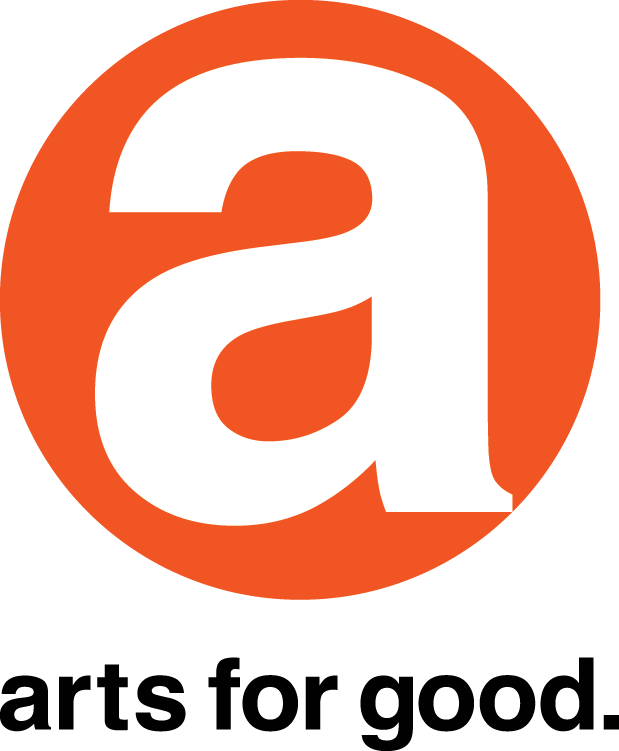Getting to Know Teaching Artist Javier Hernandez
Javier Hernandez is a teaching artist, comic book creator, and co-founder of the Latino Comic Expo. Our LACAC Design and Communications Intern Isabel recently asked him a few questions about the expo, his creative process, and El Muerto.
IN: The Latino Comic Expo ended this past weekend, can you tell me a little bit about your experience as one of the events founders?
JH: This was our 9th show since me and my Expo partner Ricardo Padilla started the event. And this being our first digital version it was almost like reinventing the wheel! We had a great partner in the Museum of Latin American Art, though, having worked with them on three previous Expos.
What didn't change this year was being able to present a really rich lineup of panels and presentations. "Latina Power", "Queer Voices", panels on "Lucha Libre" and "Comics in the Classroom", and others did a great job in showcasing the tremendous works being produced today by Latinx writers, artists, cartoonists and scholars in comics and graphic novels.
IN: Can you tell me about your famous character El Muerto?
JH: My most well-known character is El Muerto, having first appeared in comics in 1998, as well as feature film in 2007. Initially appearing in individual comic book stories, in 2017 I released my first full length graphic novel starring El Muerto, following that up with the current book in production, "Casa del Diablo".
El Muerto is Diego de la Muerte, a young man who died on his 21st birthday and returns a year later (on Dia de Los Muertos) transformed by a pair of Aztec gods. He now finds himself as an undead entity, his heart having been removed by the god of death. This sends him on a journey of discovery as to what he's been transformed into, and of course he desperately wants his life back.
IN: Can you tell me a little bit about your artistic process?
JH: I write and draw my own stories, so I think I save myself a step or two. I don't write myself a script, I usually just begin drawing a rough draft of the comic, regardless if it's 3 pages or 120. These are quick thumbnails that enable me to visually map out the story, page by page, panel by panel.
I'll edit the manuscript, sometimes adding pages or revising a sequence as needed. Then once I'm satisfied with the story I'll redraw it on a larger sheet of paper followed by inking every line. I'll then scan the pages and letter them in Illustrator. When I say lettering I'm also dialoguing the story, as I didn't have a written script to begin with.
IN: What is one piece of advice you have for young artists and aspiring comic book creators?
JH: You really have to have that passion to see the whole project through. From the initial ideas to having to draw the whole book. Plus if you work with yourself, the lettering and coloring. And if you're an independent publisher, then you have so much more work to do in getting it printed then sold. One big advantage today's creators have is the tremendous access the internet gives them to reach people.
Learn more about Javier and his artworks on his website: http://javzilla.com/ or on his Instagram.
Read Javier’s artworxLA bio here.
Isabel Norsten is our 2020 Design and Communications intern. She graduated from Occidental College this year with a Bachelor of Arts in Art History. Recently, she completed a Communications and Visitor Experience Internship at the Autry Museum of the American West. She supported the communications team by drafting press-releases, curating social media content, updating the website, tracking press-coverage, and working on cross-promotional content. She also produced social media guides to enhance artist visibility for the American Indian Arts Marketplace. Isabel has course experience in Western Art History, European Art History, Modern and Contemporary Art, Photography, Architectural History, East Asian Art, and also completed a curatorial seminar with the J. Paul Getty Museum. In May, Occidental's Art History department awarded her Distinction for her senior thesis entitled The Liminal In Louise Lawler’s Picture Practice. As an Andrew W. Mellon Foundation, Arts and Urban Experience Initiative Fellow in the summer of 2019 Isabel Interviewed an eclectic range of social media managers of LA-based arts institutions to understand how arts organizations use Instagram to consider questions of art access, promotion, and community.



